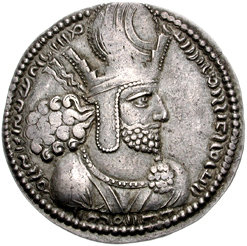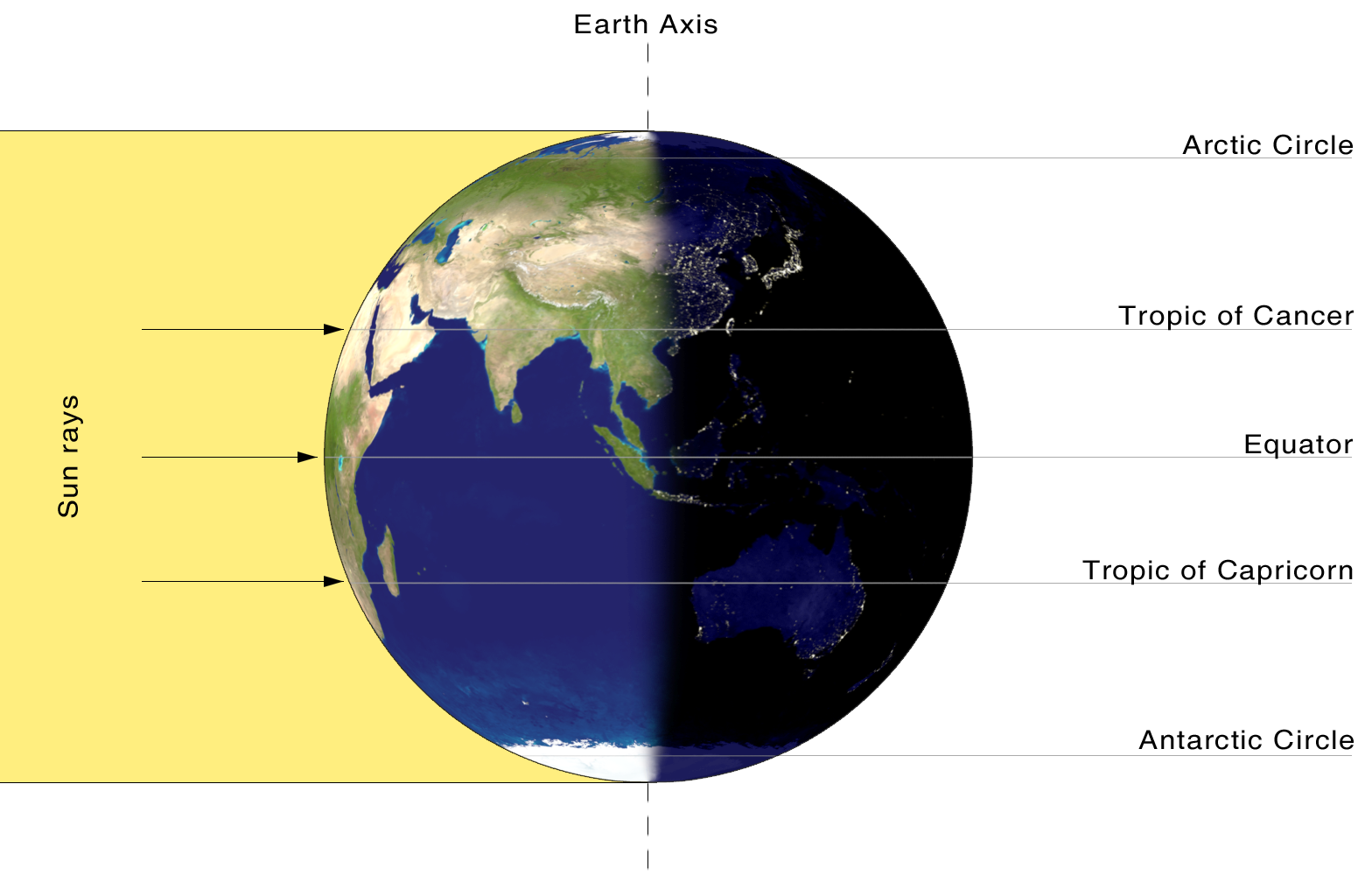|
Darigan
The ''Darigan'', was a special military force within the armed forces of the Sasanian Empire. This force (alongside the pushtigban) was charged with the protection of the Sasanian Emperor. The members of the Darigan were chosen from the various noble and significant families within the empire. Members of the Darigan were charged with tasks such as guarding the gates of the palace, presenting guests and foreign leaders to the ruler, and occasionally acted as military advisors or diplomats to the King. Notable operations The commander of the Darigan (the Hazarbed) occasionally acted as a royal executioner and the Darigan would play a role in those operations. Additionally, on the holidays of Nowruz Nowruz (, , () , () , () , () , Kurdish language, Kurdish: () , () , () , () , , , , () , , ) is the Iranian or Persian New Year. Historically, it has been observed by Iranian peoples, but is now celebrated by many ... and Mihragan the King would often ... [...More Info...] [...Related Items...] OR: [Wikipedia] [Google] [Baidu] |
Sasanian Empire
The Sasanian Empire (), officially Eranshahr ( , "Empire of the Iranian peoples, Iranians"), was an List of monarchs of Iran, Iranian empire that was founded and ruled by the House of Sasan from 224 to 651. Enduring for over four centuries, the length of the Sasanian dynasty's reign over ancient Iran was second only to the directly preceding Arsacid dynasty of Parthia. Founded by Ardashir I, whose rise coincided with the decline of Arsacid influence in the face of both internal and external strife, the House of Sasan was highly determined to restore the legacy of the Achaemenid Empire by expanding and consolidating the Iranian nation's dominions. Most notably, after defeating Artabanus IV of Parthia during the Battle of Hormozdgan in 224, it began competing far more zealously with the neighbouring Roman Empire than the Arsacids had, thus sparking a new phase of the Roman–Iranian Wars. This effort by Ardashir's dynasty ultimately re-established Iran as a major power of late an ... [...More Info...] [...Related Items...] OR: [Wikipedia] [Google] [Baidu] |
Hazarbed
''Hazārbed'' (Middle Persian: ḥčʾlpt, or ''hazarbadh'', literally "the commander of thousand"), also known as ''hazaruft''/''hazaraft'' (Middle Persian: hz’lwpt; possibly the older/original form), was a Sasanian office which initially functioned as the commander of the royal guard, but later became increasingly equal to that of the '' wuzurg framadar'' (minister). History The title is first attested in the Achaemenid Empire in its Old Persian form, ''hazāra-pati'' (from *''hazāra-'' "thousand" and *''pati-'' "chief"), the commanding officer of the Immortals. The ''hazarbed'' controlled units of guards which were enlisted from royal families of the Sasanian Empire. One of the units that the ''hazarbed'' controlled was the '' pushtigban'' bodyguard, while other times it would be the palace guards ('' darigan''), or in some cases other units, such as the 4,000 Daylamite guard which served the last great Sasanian king, Khosrow II (r. 590–628). The ''hazarbed'' was in ch ... [...More Info...] [...Related Items...] OR: [Wikipedia] [Google] [Baidu] |
List Of Shahanshahs Of The Sasanian Empire
The House of Sasan, Sasanian monarchs were the rulers of Iran after their victory against their former suzerain, the Parthian Empire, at the Battle of Hormozdgan in 224. At its height, the Sasanian Empire spanned from Turkey and Rhodes in the west to Pakistan in the east, and also included territory in what is now the Caucasus, Yemen, UAE, Oman, Egypt, Palestine, Israel, Lebanon, Syria, Jordan and Central Asia. The Sasanian Empire was recognized as one of the main powers in the world alongside its neighboring arch rival, the Roman Empire for a period of more than 400 years.Norman A. Stillman ''The Jews of Arab Lands'' pp 22 Jewish Publication Society, 1979 International Congress of Byzantine Studies ''Proceedings of the 21st International Congress of Byzantine Studies, London, 21–26 August 2006, Volumes 1-3'' pp 29. Ashgate Pub Co, 30 sep. 2006 The Sasanian dynasty began with Ardashir I in 224, who was a Persian people, Persian from Istakhr, and ended with Yazdegerd III in 651. ... [...More Info...] [...Related Items...] OR: [Wikipedia] [Google] [Baidu] |
Pushtigban
The ''pushtigban'' was an elite military unit of the Sasanian Empire, charged with the protection of the Persian Emperor. They were stationed during peacetime in the royal capital of Ctesiphon and were drawn from the best of the ranks of the Sasanian Savārān cavalry. They numbered 1000 men, under the command of the ''pushtigban-salar'' ; in battle they fought mostly as cataphracts, heavily armed and armoured horsemen who would charge enemy positions with tremendous momentum. There are allusions to the participation of this unit in sources describing the Shapur II's Arab campaign and Siege of Amida (359). A sub-unit of ''pushtigban'' were the ''gyan-avspar'', the "sacrificers of their lives" - the best of the ''pushtigban''. The ''pushtigban'' fought with distinction and zeal befitting their name during Julian's invasion of Persia in the 4th century AD. The ''pushtigban'' disappeared with the Muslim conquest of Persia, that led to the Fall of the Sasanian Empire. See als ... [...More Info...] [...Related Items...] OR: [Wikipedia] [Google] [Baidu] |
Nowruz
Nowruz (, , () , () , () , () , Kurdish language, Kurdish: () , () , () , () , , , , () , , ) is the Iranian or Persian New Year. Historically, it has been observed by Iranian peoples, but is now celebrated by many ethnicities worldwide. It is a festival based on the March equinox, Northern Hemisphere spring equinox, which marks the first day of a new year on the Iranian calendars and the currently used Solar Hijri calendar; it usually coincides with a date between 19 March and 22 March on the Gregorian calendar. The roots of Nowruz lie in Zoroastrianism, and it has been celebrated by many peoples across West Asia, Central Asia, the Caucasus and the Black Sea Basin, the Balkans, and South Asia for over 3,000 years. In the modern era, while it is observed as a Secularism, secular holiday by most celebrants, Nowruz remains a holy day for Zoroastrians, Baháʼís, and Isma'ilism, Ismaʿili Shia Muslims. For the Northern Hemisphere, Nowruz marks the beg ... [...More Info...] [...Related Items...] OR: [Wikipedia] [Google] [Baidu] |
Mihragan
Mehregan () or Jashn-e Mehr ( ''Mithra Festival'') is a Zoroastrian and Iranian festival celebrated to honor the yazata Mithra (), which is responsible for friendship, affection and love. Name "Mehregan" is derived from the Middle Persian name ''Mihrakān/Mihragān'', itself derived from Old Persian ''Mithrakāna''. Introduction Mehregan is an Iranian festival honoring the Zoroastrian yazata Mithra. Under the Achaemenid Empire (330–550 BC), the Armenian subjects of the Persian king gave him 20,000 horses every year during the celebration of Mehregan. Under the Sasanian Empire (224–651), Mehregan was the second most important festival, falling behind Nowruz. Due to these two festivals being heavily connected with the role of Iranian kingship, the Sasanian rulers were usually crowned on either Mehregan or Nowruz. In al-Biruni's eleventh-century ''Book of Instructions in the Elements of the Art of Astrology'' (233), the astronomer observed that "some people have given th ... [...More Info...] [...Related Items...] OR: [Wikipedia] [Google] [Baidu] |

